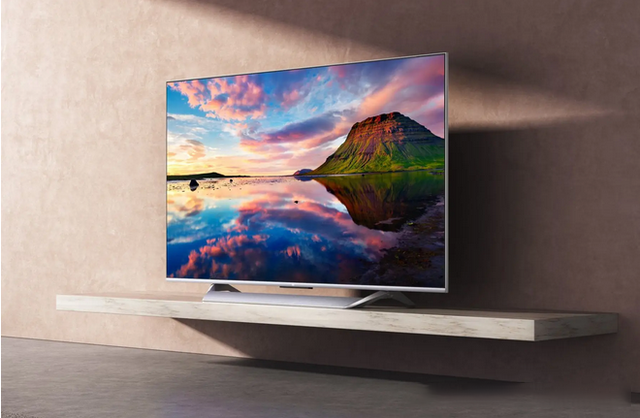1. Classify from the structure of the device
OLED is an organic electroluminescent device, which is composed of relatively special organic materials. According to its structure, it can be divided into four types, namely single-layer devices, double-layer devices, three-layer devices and multi-layer devices. .
(1) Single layer device
A single-layer device is to insert a layer of organic layer that can emit light between the positive and negative electrodes of the device, and its structure is substrate/ITO/light-emitting layer/cathode. In this structure, due to the unbalanced injection and transport of electrons and holes, the efficiency and brightness of the device are low, and the stability of the device is poor.
(2) Double-layer device
The double-layer device is based on the single-layer device, adding a hole transport layer (HTL) or an electron transport layer (ETL) on both sides of the light-emitting layer, which overcomes the problem of unbalanced carrier injection in the single-layer device and improves the device. The voltage-current characteristic improves the luminous efficiency of the device.
(3) Three-layer device
The three-layer device structure is the most widely used structure, and its structure is substrate/ITO/HTL/light-emitting layer/ETL/cathode. The advantage of this structure is that the excitons are confined in the light-emitting layer, thereby improving the efficiency of the device.
(4) Multi-layer structure
The performance of the multi-layer structure is a relatively good structure, which can play the role of each level well. The light-emitting layer can also be composed of a multi-layer structure, and since each light-emitting layer is independent of each other, it can be optimized separately. Therefore, this structure can give full play to the role of each organic layer, greatly improving the flexibility of device design.

2. Classify from the driving mode
OLED is divided according to the driving method, generally divided into two types, one is active and the other is passive. The active type is generally active drive, and the passive type is passive drive. In the actual application process, active drivers are mainly used for high-resolution products, while passive drivers are mainly used in displays with relatively small display sizes.
3. Classify from the material
The materials that make up OLED are mainly organic substances, which can be divided according to the types of organic substances, one is small molecules, and the other is macromolecules. The main difference between these two devices is the manufacturing process. The small molecule device mainly adopts the vacuum thermal evaporation process, while the polymer device adopts the spin coating or spray printing process.









 Home
Home HEM LCD
HEM LCD  Dec 21,2022
Dec 21,2022 
 What Are The Development Trends In The Automotive Display Market
What Are The Development Trends In The Automotive Display Market 



